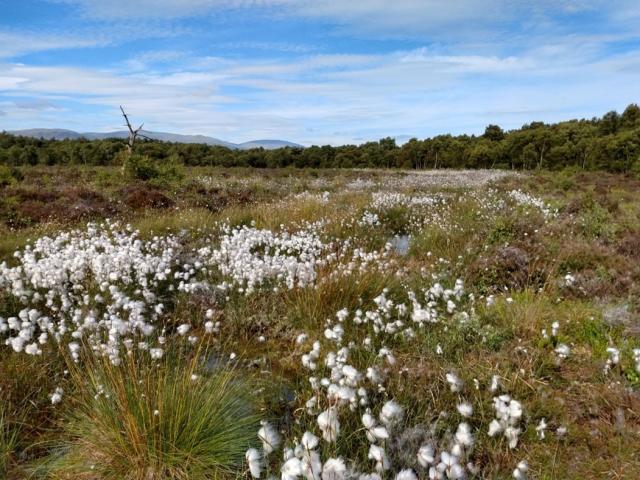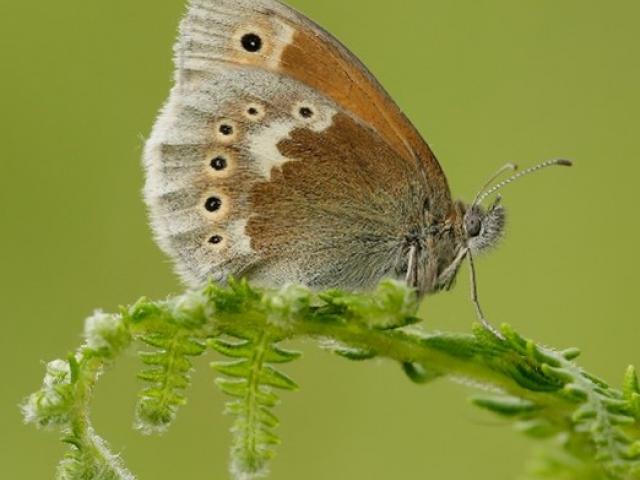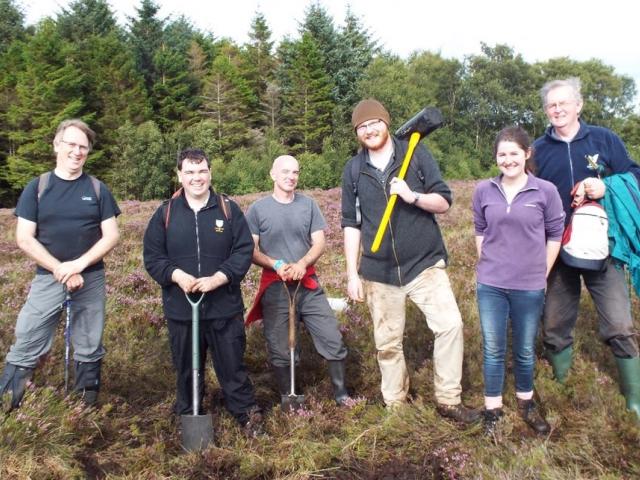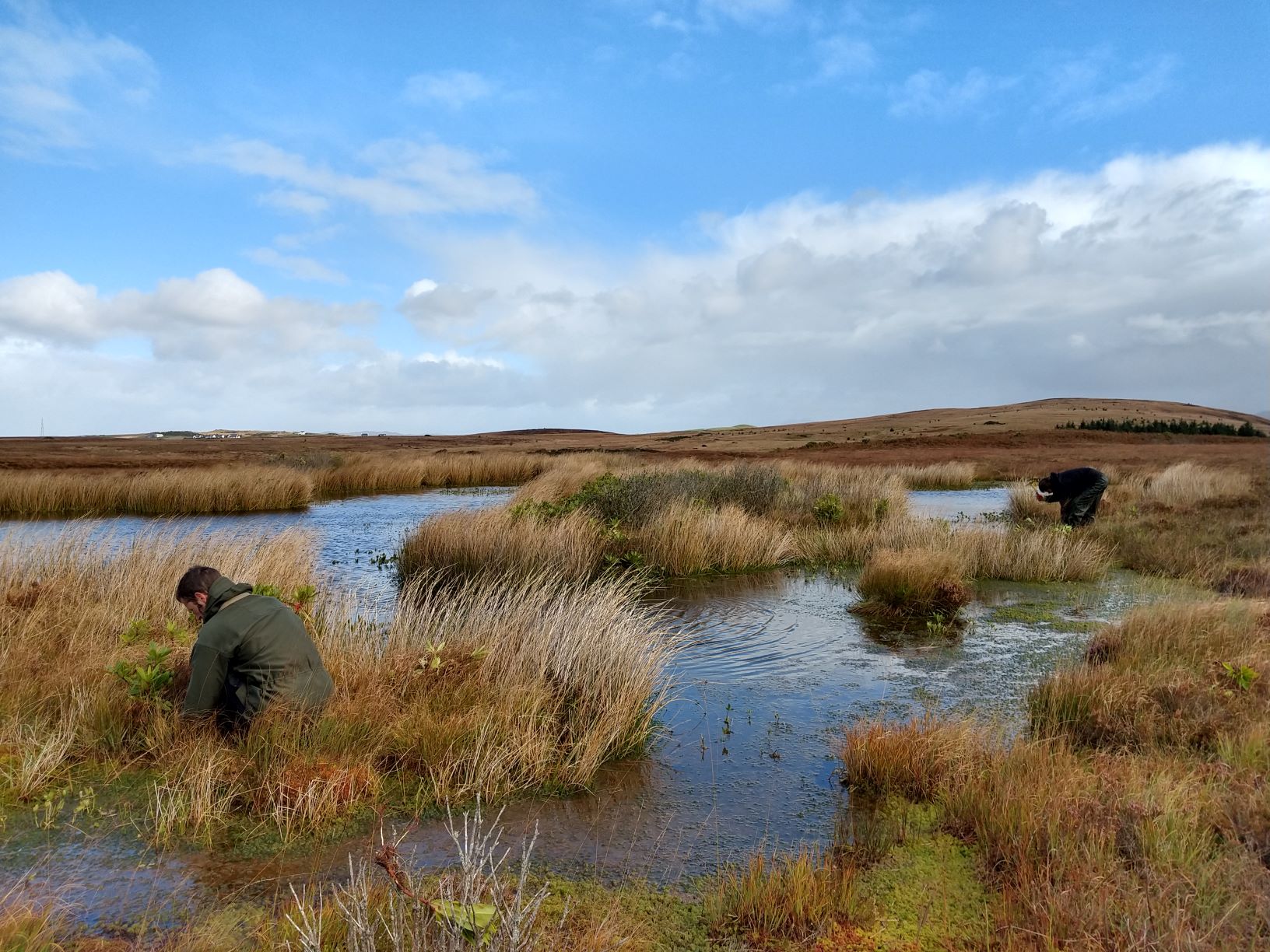In this blog, David Hill, Butterfly Conservation’s Species on the Edge Project Development Officer, discusses the need for bogs in protecting our ecosystem.
Too many of our rivers, mountains, native forests, lochs, coasts and seas are degraded. We need the Strategy to include a national programme to restore these wild places with our most important nature sites protected and nurtured, and wider nature networks to be created so nature thrives everywhere.
Butterfly Conservation Scotland’s Bog Squad project has been working to improve the health of lowland raised peatbogs since 2014.
Raised peatbogs are common in most of the Scottish lowlands and contain vast stores of carbon laid down by slowly decaying vegetation in wet, acidic conditions over thousands of years. Unfortunately, many of these bogs have been damaged by attempts at drainage, afforestation and burning, causing them to become net carbon emitters.


Lowland bogs are also key wildlife habitats providing homes for species including the bog specialist Large Heath butterfly, which has declined in range across the UK by over 50% since 1976. The Large Heath depends on good quality bog habitat that is sufficiently wet to maintain the conditions it needs to survive. Other increasingly rare species that rely on healthy lowland bog habitat range from red-listed birds, such as Woodcock and Curlew, to the tiny Bog Sun-jumper Spider (Heliophanus dampfi).
For eight years Bog Squad volunteers have been putting in huge efforts to save these peatlands ecosystems. Volunteers work to block artificial ditches and remove water-sapping scrub, all of which help to promote the growth of sphagnum mosses, the driving force behind peat formation. By using these rewetting methods, boggy conditions begin to build again within the peat, making the bogs more resilient against dry spells. This reduces the loss of carbon to the atmosphere whilst also providing suitable conditions for bog biodiversity to thrive. A win-win for climate and nature.
Over the years restoration work has been carried out by Bog Squad volunteers at 27 bogs with over 340 hectares of bog improved. 325 individual volunteers have joined in to carry out this vital work. The project was made possible and continues, thanks to funding from the innovative Peatland ACTION Fund, led and funded by Scottish Government and delivered in partnership with NatureScot and other agencies. The success of the Peatland ACTION fund in delivering widespread bog restoration in Scotland has shown what can be achieved through a well-funded national programme of activity.

However, peatlands are just one of the many precious habitats in Scotland. Butterflies and moths rely on our native woodlands, flower-rich grasslands, wetlands, coasts, and uplands to be in good condition so that they can thrive. Sadly too many of our species are in decline and we need a strong Scottish Biodiversity Strategy that can deliver a joined-up, national programme to protect, restore and nurture all our vital ecosystems.
Take action
Nature is in trouble, but we have a chance to turn things around. It’s time to have your say on Scotland’s next Biodiversity Strategy. Show the Scottish Government the action they need to take by sharing your views here: https://e-activist.com/page/108944/action/1?ea.tracking.id=part_butterflyscot


